Main Level Floor Plans For Hansel and Gretel

Upper Level Floor Plans For Hansel and Gretel
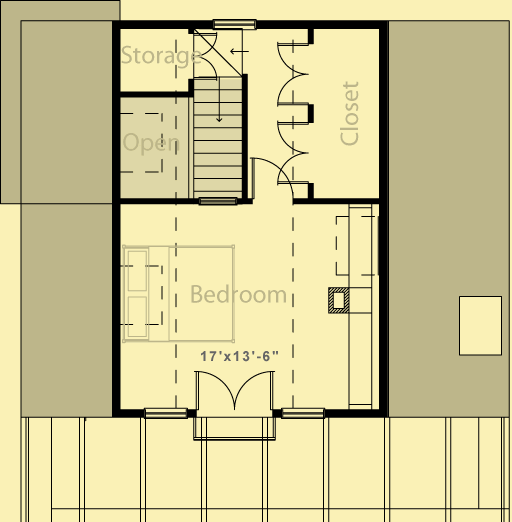
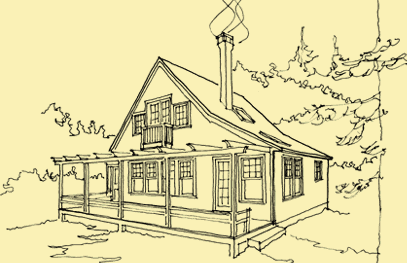
| Total Above-ground living area | 1020 |
| Main Level | 676 |
| Upper Level | 344 |
| Lower level living area | 643 |
| Footprint The dimensions shown are for the house only (indicating the smallest area needed to build). They do not include the garage, porches, or decks, unless they are an integral part of the design. |
26 W x 26 D |
| Above-ground bedrooms | 1 |
| Above-ground bathrooms | 1 |
| Master suite | Upper |
| Lower-level bedrooms | 0 |
| Lower-level bathrooms | 0 |
| Stories | 2 |
| Parking | |
| Number of stalls | |
| House height
Traditionally, the overall height of a house is determined by measuring from the top of the finished floor on the main level, to the highest peak of the roof.
|
22 |
| Ceiling heights Raising or lowering the height of the ceilings on one or more floors of a house is often a simple change that can be made by your builder. However, if you want to raise the ceiling of the main floor of a two-story home, there has to be room to add steps to the existing staircase. |
|
| Main level | 8 |
| Vaulted ceilings
We consider a room to be vaulted if the ceiling - whether flat, angled, or curved - is above 10 feet at its highest point. If you prefer that one or more rooms not be vaulted in your new home, this is a very simple change that your builder can make for you.
KEY TO SYMBOLS: LR = Living Room/Great Room DR = Dining Room FAM = Family Room FOY = Foyer STU = Study/Library/Den KIT = Kitchen SUN = Sunroom MBR = Master Bedroom MB = Master Bath LOF = Loft OFF = Office/Guest Room REC = Recreation/Game Room ALL = Entire Level |
DR, KIT |



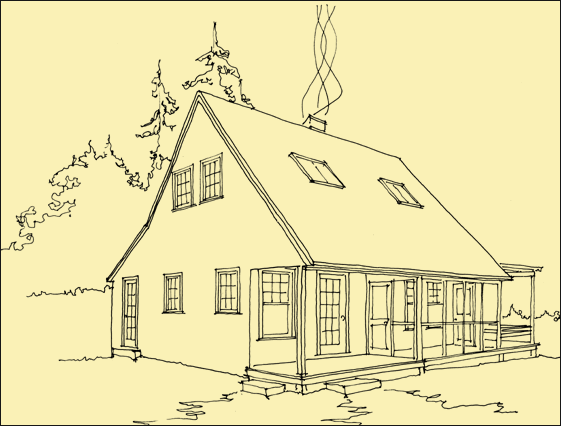
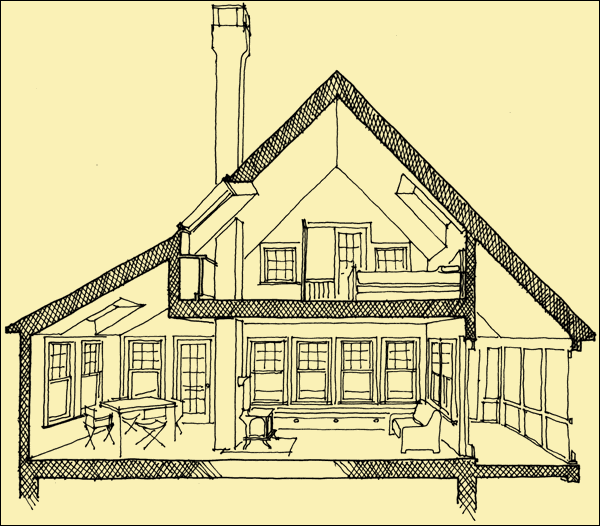
Thanks to its square footprint (just 26’ on a side) and simple roof, this little vacation home is quite inexpensive to construct. The plans include an unfinished basement, but it could of course have just a slab or crawlspace.
When you enter the house from a covered open porch area you step into an actual airlock space with a door that opens to the living spaces, and a second door to either a coat closet or access to the basement level. Light enters the foyer space through a window and a skylight at the top of an open lightwell.
The open living areas have exterior walls that are filled with windows for light and views in three directions. Just as you enter this space, a door on your right opens to a 6′-deep screened porch spanning the remainder of the front of the house, which can also be accessed from the covered entryway. And another door at the end of the porch brings you to a deck with an arbor over that is 8′-deep and spans the entire side of the house. The arbor won’t block the sun in the winter months, and in the summer it can provide shade if you grow leafy vines on it.
The living, dining and cooking spaces are all open to each other, and all are warmed by a centrally-located wood-burning stove. Ceilings on this level are set at 8′, but both the dining area (which includes a skylight) and the kitchen have ceilings that vault to the roofline. The kitchen is pretty small, but it is laid out in such a way as to make it very functional. There is a pantry next to the refrigerator, and a small space for a water heater next to it. Doors off both the kitchen and dining space provide access to either side of the house.
At the top of the stairs to the bedroom level, a pair of double doors open to a closet with 10′ of hanging space with deep shelves behind the hanging clothes. A door at the end of the hall opens to a 12’x16′ bedroom with two skylights and a pair of glazed doors flanked by windows that open to a small balcony. The ceiling is flat in the middle, sloping down with the roofline on the sides.
If you need a bathroom on this level, you could use the space where the open light well and storage closet are.
Please Note:
Due to a license agreement, this house may not be built in Hancock County, Maine.
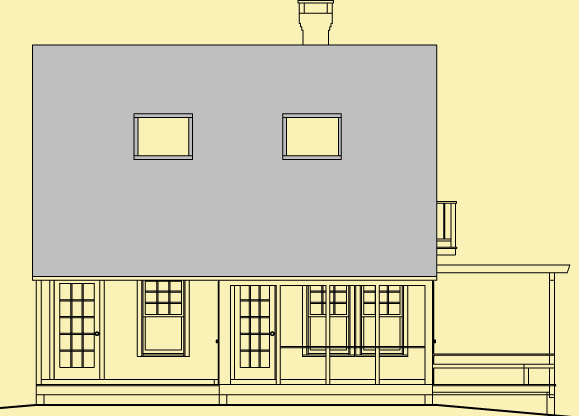
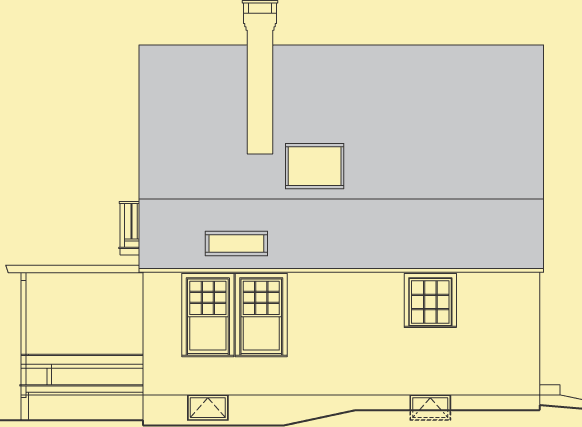
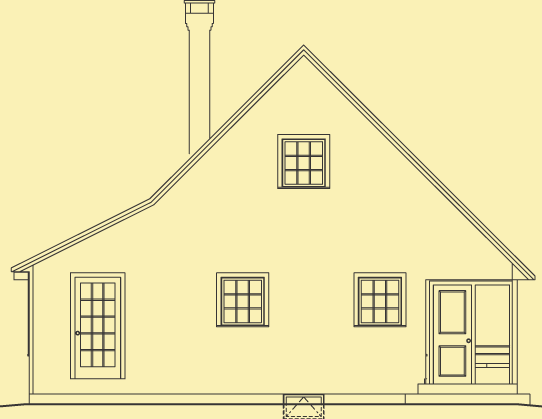
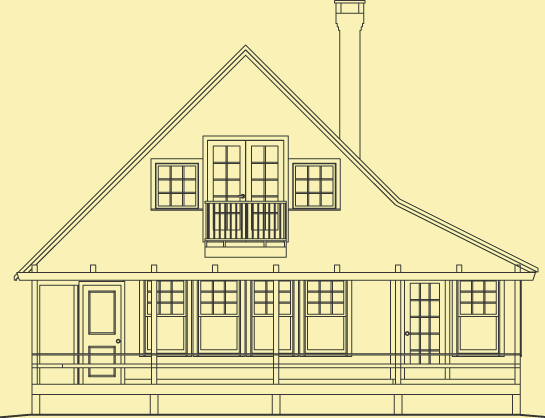
This house was designed for a single person, though it would do fine for a couple. For a one bedroom house just over 1,000 square feet, it actually has quite a bit of elbow room. Its form, and especially the image of the French door up in the gable, is reminiscent of a little cabin imprinted on the architect in Big Sur, on the central coast of California.